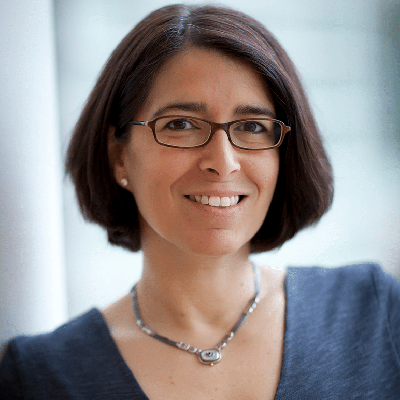
Paola A. Gehrig, MD
Professor and Chair, Department of Obstetrics and Gynecology
In this edition of Grand Rounds in Hematology and Oncology, Patrick M. Dillon, MD, University of Virginia Hematology & Oncology, Charlottesville, Virginia, introduces Paola A. Gehrig, MD, Dept. of Obstetrics and Gynecology, University of Virginia, Charlottesville, Virginia. In this 47-minute presentation, Dr. Gehrig discusses the intersection of obesity, hair products, and gynecologic cancer risk, outlining how obesity and the use of chemical hair products are both linked to increased cancer risk, particularly endometrial and breast cancers. The presentation includes a short Q&A discussion at the end.
Dr. Gehrig shares data suggesting that obesity is closely linked to endometrial cancer cases in the US. She links obesity to poverty, emphasizing how food insecurity can lead to poor food choices. She also notes that obese patients may not receive proper care, due to lack of access, insurance, or biases in medical settings that may discourage patients from seeking care. The connection between body fat and cancers is emphasized, illustrated by data showing a decrease in BMI statistically leads to fewer cancers. She also briefly discusses the benefits and drawbacks of bariatric surgeries and newer weight-loss medications.
Dr. Gehrig shifts to emerging studies that show associations between chemical hair products and increased breast and ovarian cancer risk, possibly due to their endocrine-disrupting properties. Studies into the effects of hair straighteners and dyes are weak. One particular study focused on healthcare professionals of European ancestry, while others only focused on women of color. Others do not consider risk factors such as obesity and lifestyle.
Dr. Gehrig calls for a broader lens in cancer prevention strategies, including behavioral modifications like weight management, systemic change through product regulation, and culturally sensitive education. She underscores the need for more robust data, especially studies that reflect the lived experiences and exposures of women of color. Ultimately, she advocates for a multidimensional approach that addresses the social, economic, and environmental factors driving cancer disparities, rather than placing the burden solely on individual behavior.
